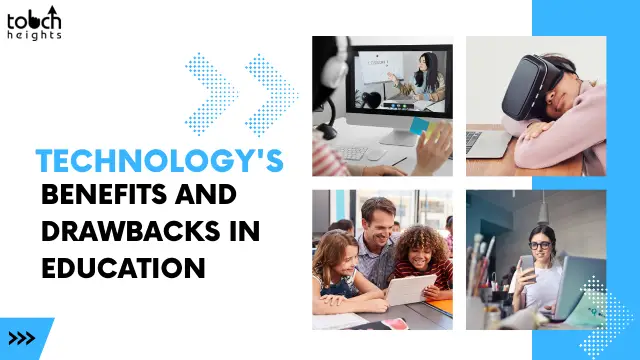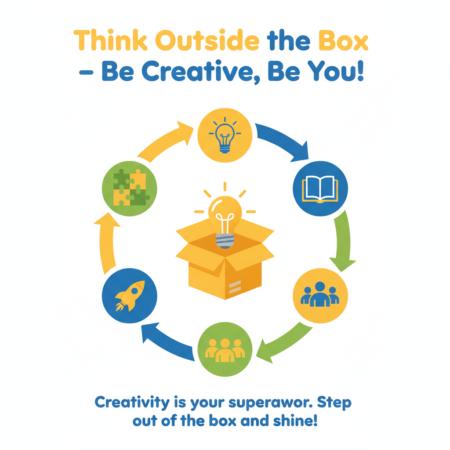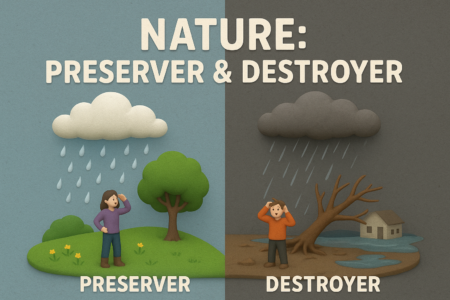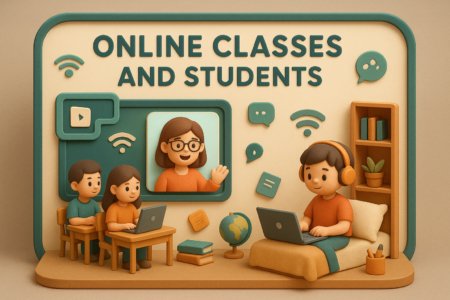In the last 25 years, the learning environment in the modern classroom has advanced significantly. The emergence of new technological choices for students is to thank for many of the advantages that we have witnessed in this environment. We may now assist kids in learning at their table or desk with materials supplied to them directly rather than having a single computer for a class to utilize or a laboratory setting for the entire school housed in one room.
While introducing technology to children in the classroom may undoubtedly improve the learning environment, ensuring that all students have equal access to it is equally important for ensuring that everyone has the same chance for success. Because of this, every school district, teacher, and parent should periodically assess the benefits and drawbacks of using technology in the classroom.
List of Technology’s Educational Benefits
Using technology during the learning process encourages youngsters to continue studying
The majority of kids dislike going to school because they believe it to be a waste of their time. Teachers can enable students to work at their speed without disrupting other students when technology is allowed in the classroom. They can use a tool like Zearn to work on advanced content, play educational games that reinforce the lesson, or hunt for more information about a topic they are studying that day.
It promotes improved communication between parents and instructors
There are more possibilities for parents and teachers to connect when technology is used in the classroom. Parents may discover more about what their children are learning each day by using a blog in the classroom. With the use of apps and software tools, instructors may promptly report on a child’s conduct and update parents on the course of the day. There are choices for instant messaging, chat boxes and other communication methods.

The cost of using technology in the classroom is quite low
Although bringing new alternatives to an entire district can increase the expense of using technology in the classroom, the cost of student laptops, tablets, and other necessities for the classroom is quite low. The majority of student computers cost less than $200 per, and several local, state, and federal funds are available to help local taxpayers cover these expenses.
It gives today’s students additional learning opportunities
Today’s kids exhibit three essential types of intelligence: emotional, creative, and instructional. The latter alternative is given greater attention in the conventional classroom setting, which frequently promotes lecture-based instruction. The same is done via standardized tests and other ranking systems. Kids today who flourish outside of the traditional school environment can still reach their full potential when they have access to technology.
List of Technology’s Negative Effects on Education Having electronics around can distract pupils
Children who play video games may exhibit behaviors reminiscent of addiction. More than anything else, they are preoccupied with the entertainment they are given. The youngster may be more focused on what they get from the program or app than what they are learning if the educational setting employs reward-based activities to promote learning.
Correct responses can be a sign of expertise, but information retention might not be as high as anticipated. To guarantee that health outcomes are feasible while utilizing technology in the classroom, teachers must establish and maintain appropriate boundaries.

Cheating may be simpler because of technology
Recall the TV episodes and motion pictures when young people would trespass into a teacher’s classroom, grab the test’s solution manual, and then jot down all the information on their wrist, shoe, or piece of paper. A pupil may now text oneself that information. Anyone else with a phone can receive such info from them. This information can also be transmitted through email. When a precise assessment of a student’s knowledge is required to assess the student’s overall development, there must be tight guidelines in place regarding the usage of technology during quizzes or examinations.
Some pupils may get disengaged from the classroom when using technology
When you cooperate with someone over the Internet, it’s a different experience than when you interact with people online. You gain a level of anonymity by being behind a screen that you do not get from having a face-to-face chat. Although utilizing technology to collaborate is a crucial ability, teachers cannot offer it as the only choice in the classroom. So that a youngster may still improve their life even when they are offline, we must promote social connections that correctly transmit thoughts, sentiments, or emotions.
Some kids might not be able to distinguish between trustworthy and dubious sources
Today, a lot of material that appears to be true but is false or exaggerated may be found online. Less than 60% of online traffic today is truly driven by human-based searches or content engagement, per a study reported in New York Magazine. The individuals themselves could not be real, in addition to the fact that the content is occasionally fraudulent.
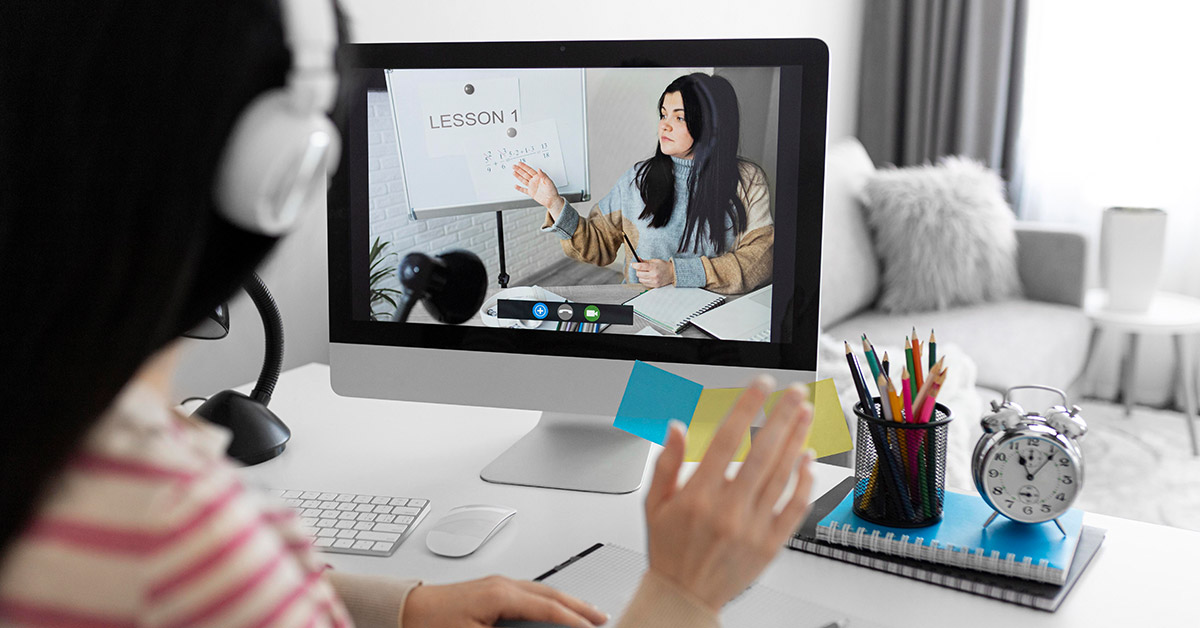
Bottom Line:
These benefits and drawbacks of using technology in the classroom show that both students and instructors may benefit from its use. Although there may be different degrees of comfort depending on how much each individual uses computers, electronic whiteboards, and other devices, introducing new technology is an investment that may pay off in the long run.

